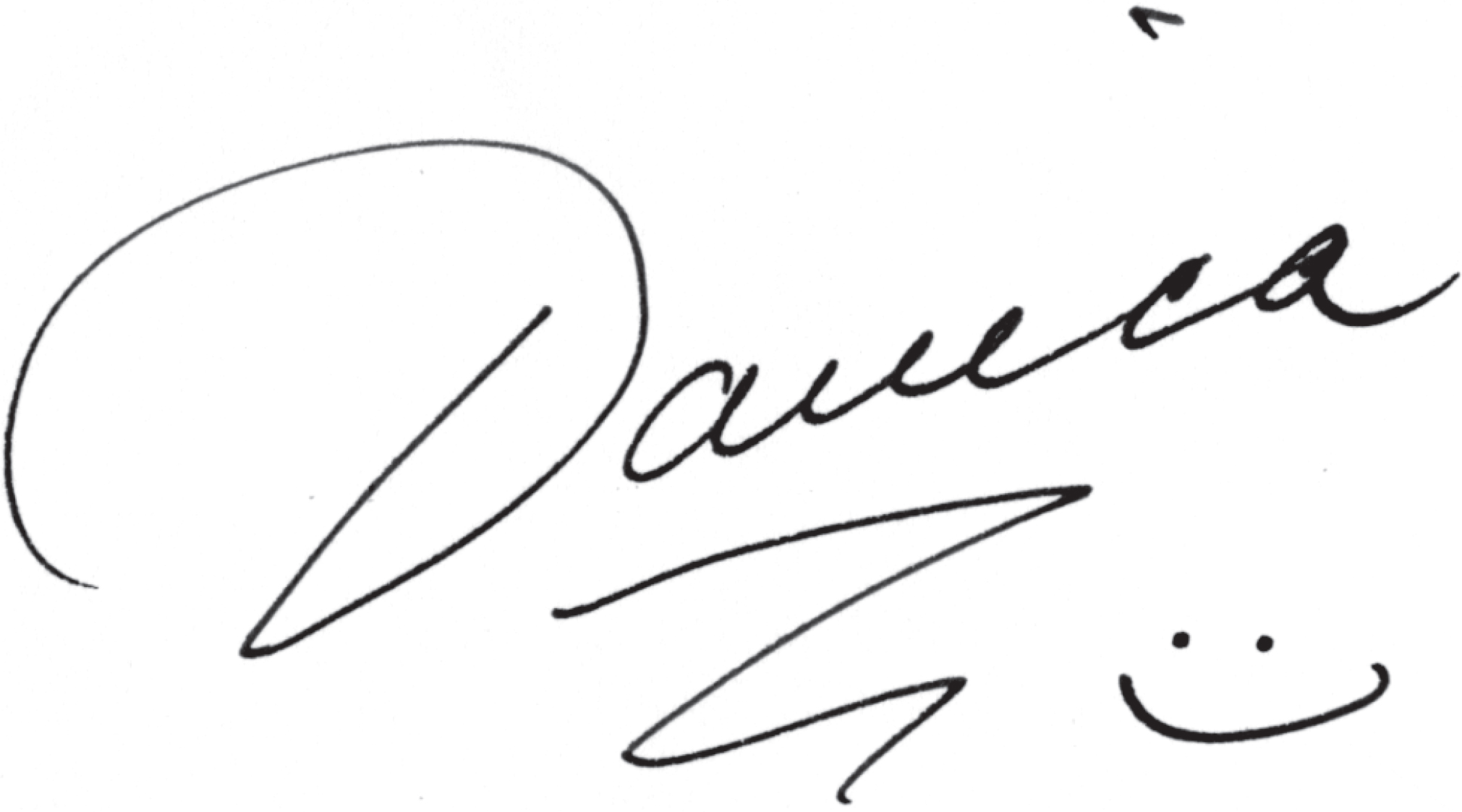

As kids, many of us learned addition and subtraction with drills. We weren’t taught much “method,” so we came up with our own ways of thinking about it. Some of us would look at 9 + 5 and first change it to 10 + 4 in our heads, some of us would count on our fingers, and some of us would simply memorize that 9 + 5 = 14. As it turns out, if we change 9 + 5 to 10 + 4, we’re thinking more about the nuts and bolts of what’s going on, which is at the heart of the methods being taught in the “new math” today.
I mean, there’s nothing wrong with the idea of a nuts-and-bolts approach, but these days, even first- and second-grade math homework often looks overly complicated, even unrecognizable at times—especially to parents! Why? Partly because many of the new methods try to re-create subtle thought processes on paper for what could be very simple problems. Often, kids are even asked to think about problems in a certain way—which may or may not match up with your child’s way of thinking.
Is there value in enriching our children’s understanding of these basic math skills beyond pure memorization? Of course! But there is a danger in making things too complicated, and we must remember that every child learns differently….
In this book, I bridge the gap between the straightforward techniques we learned in school and the more involved methods being taught today. Mixed in with the kid-friendly humor and silliness, this book decodes new math techniques and brings the new methods into easy, fun, and familiar territory—with a bonus that your kids’ math homework won’t look so foreign to you in the future! Sometimes it’s as simple as translating new words—for example, in subtraction, instead of “borrowing,” today’s term is “ungrouping.” I’ll also explain how to work with the newer tools like ten frames, number bonds, fact families, and more, in plain (and fun!) language that we can all relate to. When it comes to adding and subtracting, students will be empowered to choose which method to use, or no “method” at all.
So here’s to giving our kids a solid understanding of the basics of addition and subtraction (and number sense!) to prepare them for math success in elementary school, high school, and beyond—whether the new methods are just fads or are here to stay.
Congratulations…and have fun reading this book with your child!

PS: While some advanced readers might enjoy this book alone, most children will benefit from an adult reading it to them—an adult who just might have a lot of fun with the antics of Mr. Mouse. 

Throughout the book are “Game Time” sections with practice problems for your child. You’ll notice that I didn’t leave room in the book for you to do the math, so you’ll want to have a separate piece of paper handy. This was a deliberate choice to keep the book pages clean so your child can do the problem sets more than once for better mastery of the material. As an added bonus, siblings or friends will be able to use the book as well. Enjoy!
